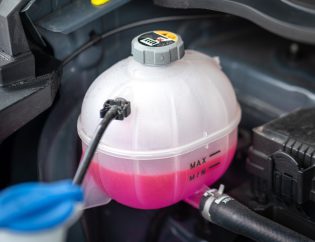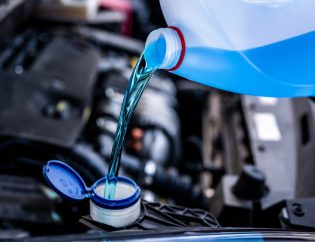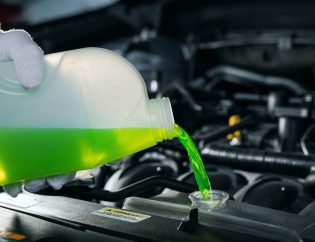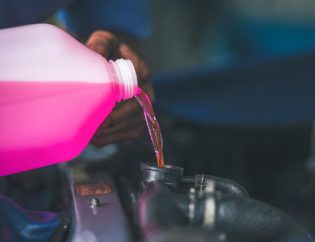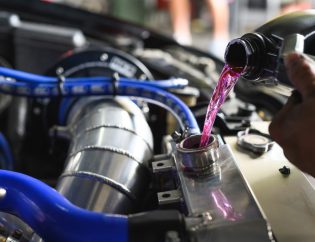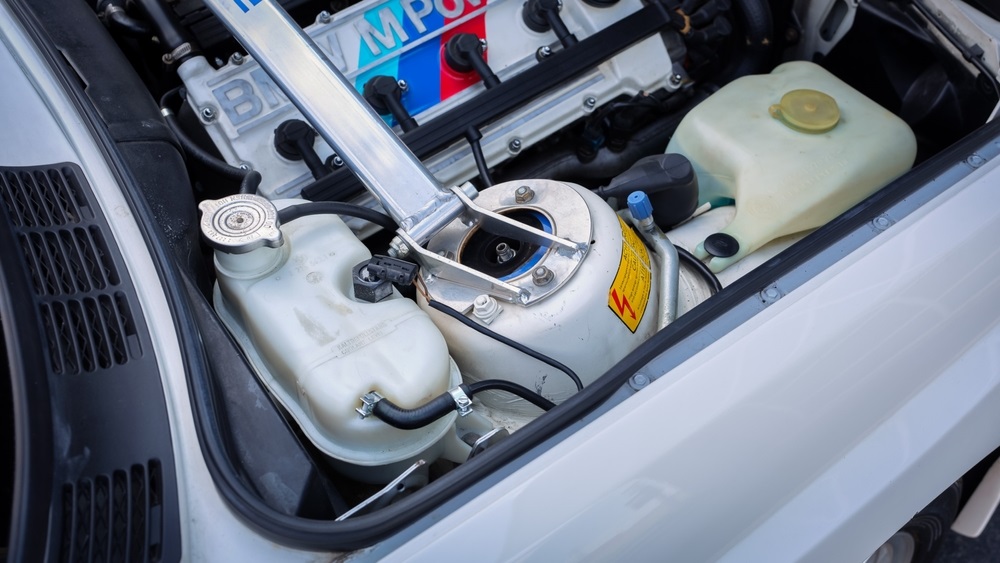
With many different BMW coolant types available, it can get confusing. BMW has transitioned between different coolant technologies over the years, meaning newer models in 2024 may require a different formula than your previous BMW. Using the wrong coolant incompatible with your 2024 BMW can cause serious and expensive damage.
This guide will explain the major BMW coolant options in 2024, what’s recommended for various models, and proper maintenance tips. With high-performance BMW engines, selecting and changing the right coolant is crucial to avoiding problems and enabling your engine to function efficiently. Learn what coolant you should rely on for your 2024 BMW vehicle in this article by Azure.
Contents
Overview of BMW Coolant Types
BMW vehicles use several different types of engine coolant. The main options are:

OAT Coolant
Organic acid technology (OAT) coolant is made from organic acids and does not contain silicates. OAT coolant is usually colored pink or reddish-orange. BMW used OAT coolant in most models up until the mid-2000s.
HOAT Coolant
Hybrid organic acid technology (HOAT) coolant contains organic acids and silicates. It protects against corrosion and frost damage. HOAT coolant is typically colored blue or purple. Many modern BMW models use HOAT coolant.
IAT Coolant
Inorganic acid technology (IAT) coolant contains silicate and phosphate inhibitors. IAT coolant is green and was used in older BMW models before the 1990s.
The type of coolant determines the corrosion protection abilities and maintenance requirements. Using the wrong coolant type can lead to damage over time. Checking your BMW’s coolant type and only using the recommended variety is important for longevity.
Usage of OAT Coolants
Organic Acid Technology (OAT) coolant, sometimes called OAT antifreeze, is one of the main types of coolant used in BMW vehicles.
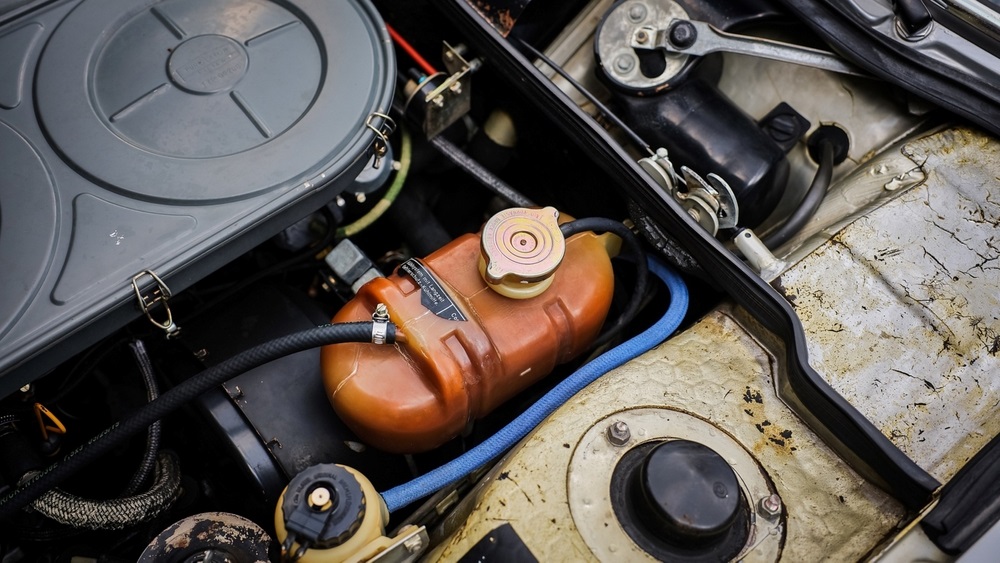
OAT coolant is based on organic acid corrosion inhibitor technology and does not contain silicates, phosphates, borates, or amines.
Pros of OAT Coolant
- Long service life. OAT coolant has an extended service life of 5 years or 50,000 miles. This is longer than traditional coolants.
- It improved corrosion protection. The organic acids in OAT provide excellent corrosion protection for aluminum engine components. This helps prevent corrosion and scaling.
- Compatible across makes. OAT coolant can be used safely in vehicles from Asian, European, and North American manufacturers. However, you should still check your owner’s manual.
- Hard water stability. OAT coolant is stable even in hard water, helping prevent mineral deposits and scaling.
Cons of OAT Coolant
- More expensive upfront cost. OAT coolants tend to cost more than traditional ethylene glycol coolants. However, the extended service life helps offset this.
- They limited top-off compatibility. OAT coolants are not compatible with traditional coolants for topping off. Mixing can reduce corrosion protection.
- Requires distilled water. Deionized or distilled water should be used for mixing OAT coolant instead of tap water. This helps maximize service life.
Overall, OAT coolant provides excellent corrosion protection for BMW engines and has an extended service life compared to traditional coolants. Just be mindful of the higher upfront cost and topping-off limitations.
HOAT Coolant
HOAT (Hybrid Organic Acid Technology) coolant is one of the main types used by BMW in recent years. It offers a balance between the benefits of OAT and conventional coolants.
The “hybrid” name comes from it containing both organic acid corrosion inhibitors and inorganic additives like silicates. This allows it to protect against corrosion and electrolysis. At the same time, it avoids silicate dropout that can happen with conventional coolants.
Some of the main pros of HOAT coolant are:
- The long service life is 5-10 years or 60,000-100,000 miles.
- Protects against corrosion and erosion of aluminum and other metal engine parts.
- Resists breakdown over time better than conventional coolants.
- Does not require supplemental coolant additives (SCAs).
- Less likely to form deposits compared to silicated coolants.
In terms of cons, a few things to note are:
- More expensive upfront cost than conventional coolants.
- Limited to a 25-50% dilution with water, compared to 33-67% for conventional.
- Not compatible with mixing with conventional or OAT coolants.
- Provides less cold weather protection than ethylene glycol coolants.
Overall, HOAT offers a solid combination of long-term corrosion protection with reduced maintenance requirements. Just be mindful that it should not be mixed with other coolant types. Use only distilled water when diluting.
IAT Coolant
Inorganic Acid Technology (IAT) coolant, sometimes referred to as “conventional” or “green” coolant, has been used in vehicles for decades. It gets its distinct green color from silicate and phosphate corrosion inhibitors.
IAT coolant offers some advantages:
- It has a low initial cost compared to newer coolant types. The coolant itself is inexpensive, as is premixed IAT coolant.
- It provides adequate corrosion protection for most engines. When maintained properly, while not as robust as newer coolant formulations, IAT still protects the cooling system from scale buildup and corrosion.
- Availability is widespread. IAT coolant and premix are easy to find at most auto parts stores.
However, IAT coolant also has some disadvantages:
- Shorter service life. IAT coolant needs to be changed more frequently, usually every two years or 30,000 miles. Newer OAT and HOAT coolants can last 5-10 years.
- Silicate dropout. Over time, silicate salts can come out of suspension and form deposits. This reduces cooling system efficiency.
- Not suitable for all makes. IAT isn’t recommended for some modern aluminum engines. OAT or HOAT coolants are better choices.
- Hard water compatibility issues. IAT doesn’t mix well with the minerals in hard water. This can lead to scale deposits in the cooling system over time.
So, while IAT coolant still works for many applications, newer OAT and HOAT coolants offer longer service intervals and better protection. Many automakers are recommending owners switch to these newer coolants.
Recommended Coolants for 2024 BMWs
BMW has several exciting new models coming out for 2024 that will require the proper coolant formulation. The latest generation of BMWs, including the redesigned 3 Series, 7 Series, X5, and others, are equipped with advanced engine technologies requiring performance coolants.
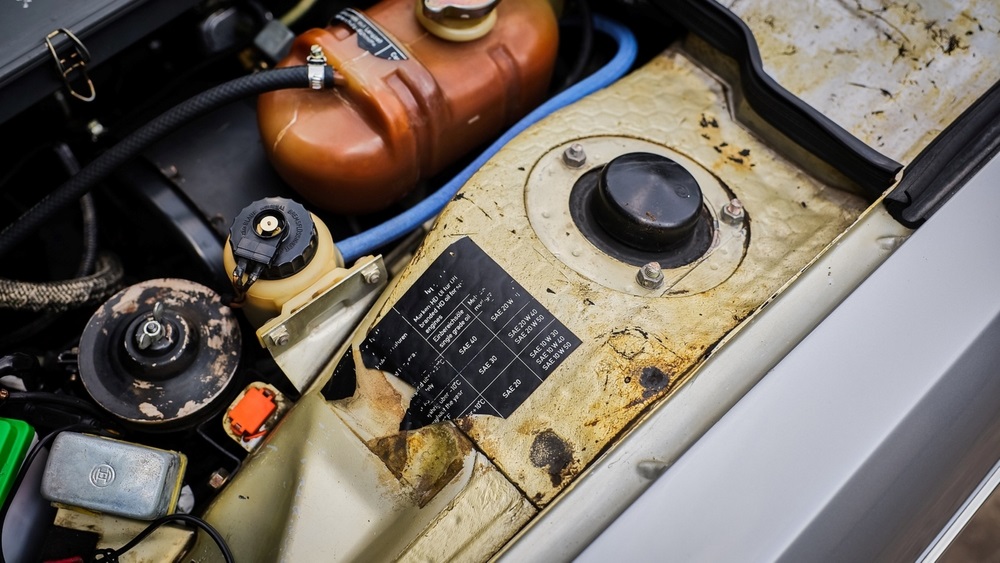
Only use coolants specifically designed for BMW engines when servicing your 2024 BMW’s cooling system. The recommended coolants will be listed in your owner’s manual, but most new BMWs use Organic Acid Technology (OAT) coolants.
OAT coolants are best for maintaining corrosion protection, preventing scale buildup, and insulating aluminum components in modern BMW engines. Using the manufacturer-approved OAT coolant will optimize performance and prevent engine damage.
Generic coolants or the wrong formulation can corrode BMW cooling system components. Avoid conventional green ethylene glycol coolants, as they aren’t compatible with many modern BMW engines.
Only purchase coolant specified for each model’s engine. Using the proper fluid keeps your BMW’s sophisticated cooling system operating safely and efficiently.
When adding or replacing coolant in a 2024 BMW, reference factory documentation for the exact coolant specifications. This guarantees the long-term health and peak performance of the cutting-edge engine technology in your new BMW.
Mixing Different Coolant Types
Mixing different types of coolant is generally not recommended for BMW vehicles. The different additive packages in various coolant types can react and produce gel-like deposits that can clog the cooling system. At best, mixing coolants will dilute the corrosion inhibitors, reducing the lifetime of the coolant. At worst, it can lead to overheating, leaks, and complete engine failure.
The three main coolant types that should never be mixed in BMWs are:
- OAT (Organic Acid Technology)
- HOAT (Hybrid Organic Acid Technology)
- IAT (Inorganic Additive Technology)
OAT coolants like BMW’s blue coolant use organic acid corrosion inhibitors. HOAT coolants use a combination of organic and inorganic inhibitors. IAT coolants rely solely on inorganic additives like phosphates.
Suppose even a small amount of the wrong coolant is added. In that case, the different additive chemicals can potentially react, causing scale buildup in radiators, water pumps, heater cores, and the engine itself. This reaction produces silicate gel deposits that impede heat transfer and coolant flow.
The bottom line is that mixing different coolant types in BMWs is extremely dangerous for the engine and cooling components. Always flush the system thoroughly and use only the recommended coolant type for that model year. Never mix OAT, HOAT, and IAT coolants. Stick with the factory-fill coolant to maintain corrosion protection and avoid catastrophic overheating or engine failure.
When to Change BMW Coolant
BMW recommends changing the coolant every 2-3 years or 30,000-60,000 miles, whichever comes first. This maintenance helps ensure the coolant retains its anti-corrosion properties and ability to prevent engine overheating.
The exact change interval depends on the model year and engine. Older BMWs require coolant changes more frequently – usually every two years or 30,000 miles. Newer models can often go three years or 60,000 miles between changes.
Consult your owner’s manual’s maintenance schedule to find out how often your BMW needs to change its coolant. As coolant chemistry has improved, BMW has extended some change intervals over the years.
Some signs that your BMW coolant needs to change sooner include the following:
- Sweet, syrupy coolant smells
- Coolant leaks
- Overheating issues
- Colored or cloudy coolant
- Failed cooling system pressure tests
Routine coolant changes help avoid sludge buildup and corrosion inside the engine and radiator. Replacing worn coolant hoses at the same time is also recommended. Use only BMW-approved coolants to maintain your warranty and engine protection.
Changing the coolant yourself or having it done professionally each interval is vital to BMW engine health and longevity. Pay attention to this important maintenance task.
What BMW Coolant Should You Use in 2024 FAQ
What Type of Coolant Does BMW Recommend for Their Vehicles in 2024?
BMW recommends using their Genuine Antifreeze/Coolant, which is specifically formulated to meet the requirements of BMW engines.
Can I Use a Generic Coolant or Any Other Brand in My BMW?
It is strongly recommended to use the Genuine BMW Antifreeze/Coolant to ensure compatibility with BMW engines and to meet their stringent performance standards. Using generic coolants may not provide the same level of protection and could potentially harm your vehicle’s cooling system.
What Is the Composition of BMW Genuine Antifreeze/Coolant?
BMW Genuine Antifreeze/Coolant typically consists of a mixture of ethylene glycol and water, along with additives to protect against corrosion and scale buildup. It is specifically designed to work optimally with BMW engines.
Can I Mix BMW Coolant with Other Coolants?
It is not recommended to mix BMW coolant with other types or brands of coolant. Mixing different coolants can compromise the performance and protective properties of the coolant, potentially leading to cooling system issues.
How Often Should I Change the Coolant in My BMW?
BMW generally recommends changing the coolant every 4 years, but it’s advisable to check the specific recommendations in your vehicle’s owner’s manual. Regular coolant changes help maintain the cooling system’s efficiency and prevent potential issues.
Conclusion
When it comes to choosing the right coolant for your 2024 BMW, there are a few key takeaways:
- OAT (Organic Acid Technology) coolant is the recommended factory-fill coolant for most modern BMW engines. It offers corrosion protection and stability for extended service intervals. Look for a pinkish or purple color.
- HOAT (Hybrid Organic Acid Technology) coolant can also be used in most BMWs but may need more frequent changes than OAT coolants. It’s usually blue or green.
- Avoid conventional green IAT (Inorganic Additive Technology) coolant in BMWs, which can cause corrosion problems.
- Don’t mix OAT and HOAT coolants, as they may gel up. Thoroughly flush the system when switching types.
- Coolant should be changed every 3-5 years or 50,000 miles at a minimum, more often for high-performance engines.
- Consider having a professional handle the coolant flush, as the process can be complicated on modern BMW engines. Or follow the DIY steps closely.
- Use only distilled water to mix concentrated coolant. Tap water contains minerals that can cause buildup in the cooling system.
By using the recommended OAT or HOAT coolant and following proper maintenance intervals, you can help ensure your 2024 BMW continues running at peak efficiency for years. Replacing deteriorated coolant is vital to prevent overheating issues or even engine damage. Schedule your coolant delivery with Azure chemical today.

